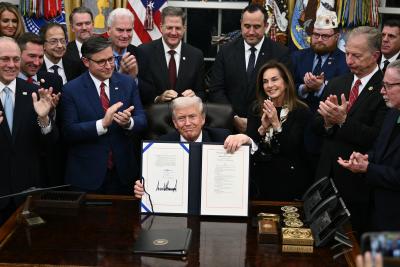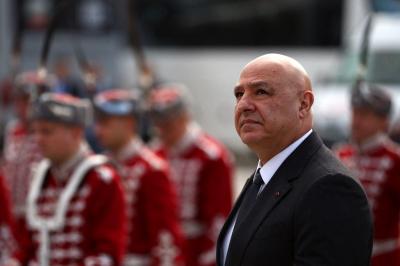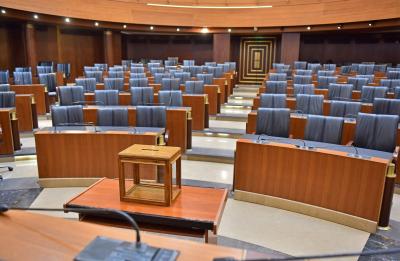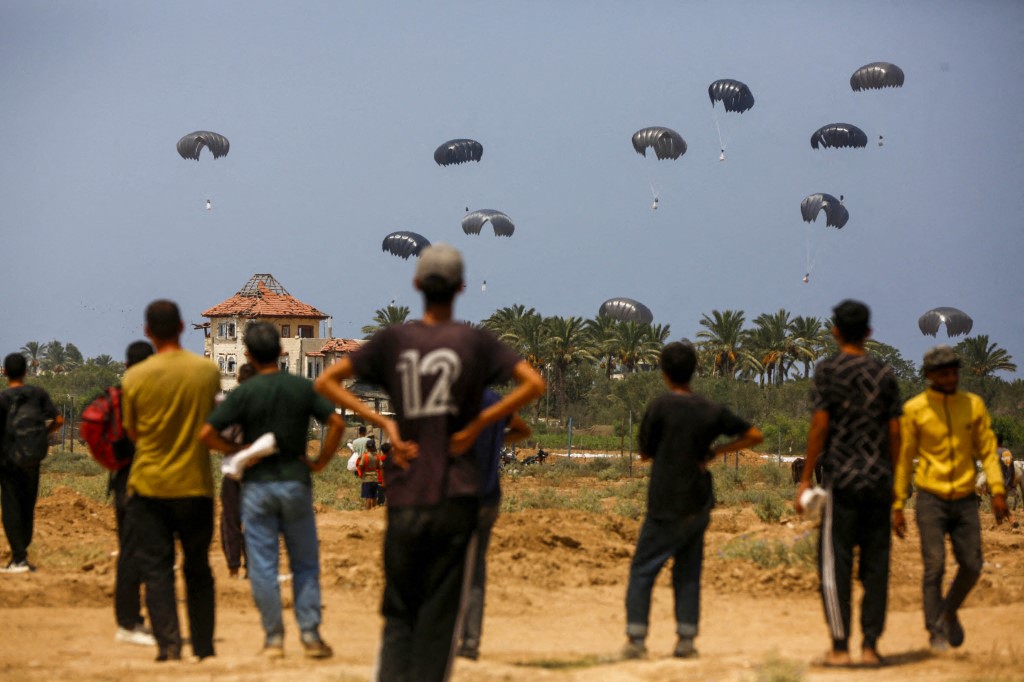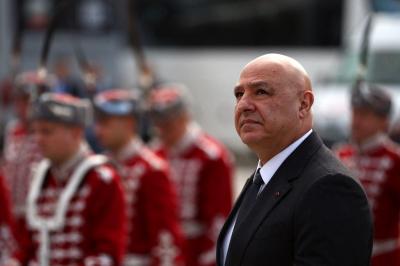It is becoming clearer and clearer that Israeli Prime Minister Benjamin Netanyahu, by announcing his new military operation in the Gaza Strip, is buying time until the
local elections in a year and two months. He aims to avoid a domestic collapse and escape the guillotine of his ongoing trial — a process that, without a suitable political escape route, could bring his political life to an end.
The decision to reoccupy Gaza City and the central region was therefore hardly surprising. Yet the hesitation is evident — both in the gradual pace of implementation and in the compressed timeline — as Netanyahu seeks a new strategy that blends military pressure with diplomacy.
By applying ground pressure, Netanyahu and his hardline allies believe they can compel Hamas to negotiate while avoiding a costly, full-scale invasion that would deepen Israel’s internal crisis. They also hope that refraining from an all-out assault, combined with offering limited “humanitarian exits,” will earn them international understanding — an outcome that remains highly unlikely.
However, this far-right government has entangled itself in a dangerous commitment that risks mounting human and military costs for the Israeli army, further widening the rift with the public. It has failed to deliver decisive results on the hostage issue, as Hamas remains defiant, prolonging the central crisis and exposing hostages to additional dangers. Meanwhile, the government seeks to advance a displacement plan, forcing residents to flee, particularly from Gaza’s densely populated areas and large refugee camps.
Netanyahu and his allies have misjudged the global mood, assuming that by setting clear conditions for ending the war and its aftermath, they could withstand the growing international campaign — now snowballing — in support of a Palestinian state.
The nature of this new operation, designed largely to fill time and marked by hesitation on the ground, is in itself an admission of the mounting pressure that will likely prevent its completion, especially in the face of fierce Hamas resistance.
The objectives, while now official, are not new: destroy Hamas, establish full security control over Gaza (not necessarily full military occupation), recover the hostages, and install an alternative civil administration — one that would replace even the Palestinian Authority — under Arab cover. Netanyahu aims to guarantee peace for Israeli citizens and craft a “humanitarian” exit by creating a so-called safe haven.
Under this plan, the Israeli army will hold positions on the edges of major Hamas strongholds it has failed to seize, following the “siege and exhaustion” strategy proposed by Chief of Staff Herzi Halevi’s deputy, Eyal Zamir. Previously rejected by Netanyahu, the strategy calls for surrounding Hamas-controlled areas, systematically dismantling (at least superficially) its above- and below-ground infrastructure, and imposing displacement on Gaza City while keeping the threat of invasion ever-present.
If the displacement plan — a near-impossible goal — somehow succeeds, Israel would move to the next phase. Netanyahu wants civilians to be pushed toward areas between the Philadelphia and Morag corridors, where temporary shelters and humanitarian aid centers would be set up. But there is deep skepticism over the feasibility of housing the estimated 800,000 to 1 million displaced people in southern Gaza.
Netanyahu is likely to leave the future of the operation to its own trajectory and results — as he did in Lebanon — avoiding any pledge to occupy the entire strip, knowing the difficulty and danger this would pose to the hostages.
Despite the government’s efforts, global opposition to this offensive remains firm. Major powers such as Russia, China, and India have voiced objections.
Moscow warns that the operation will worsen the situation, calls it a violation of UN resolutions, strongly supports the two-state solution, and urges a political settlement.
China, which maintains moderate ties with Israel, also supports the two-state solution and rejects unilateral measures.
India, while historically supportive of Palestinian rights, has criticized the plan even as it seeks to maintain good relations with Israel.
In Europe, momentum is growing behind recognition of a Palestinian state, with even Israel’s traditional backers turning critical — a trend likely to accelerate in the coming period.
An American Wait for the Israeli Government to Fall
Even Israel’s closest allies, such as Germany and the UK, have voiced concern. The United States is not pleased either. President Donald Trump is reportedly unhappy with Netanyahu’s hardline approach and the humanitarian catastrophe in Gaza, which embarrasses him politically. Yet Washington appears focused more on the humanitarian issue than on advancing a political solution for now.
Regardless of whether the international community can curb Netanyahu’s course, the U.S. wants the war to end and to reorder the Middle East within the framework of the “Abraham Accords” — something that will not happen while Netanyahu remains in power. His departure is seen as a necessary first step toward comprehensive reconstruction and a historic settlement with the Palestinians, which in turn would open the door to broader Arab-Israeli peace under the Arab Peace Initiative.
Washington’s ambitions go far beyond Trump’s hopes for a Nobel Peace Prize. They are rooted in economic strategy, aiming to foster regional growth while sidelining Iran in favor of Israel. At the forefront of these ambitions lies the India–Middle East–Europe Economic Corridor (IMEC), a multibillion-dollar project designed to counter China’s Belt and Road Initiative (BRI), particularly its northern land route through Central Asia and Russia.
Announced at the G20 summit in New Delhi two years ago, IMEC envisions a multi-modal network of railways, ports, energy pipelines, and digital infrastructure linking India to Europe via the Gulf and Israel.
For both the U.S. and the wider international community, ending the war in Gaza is crucial to launching this vision and reshaping the region’s geopolitical and economic order. But major challenges still lie ahead.
Please post your comments on:
[email protected]
 Politics
Politics


